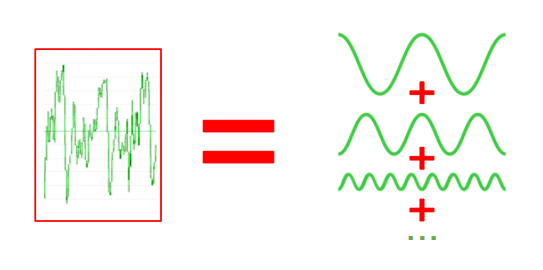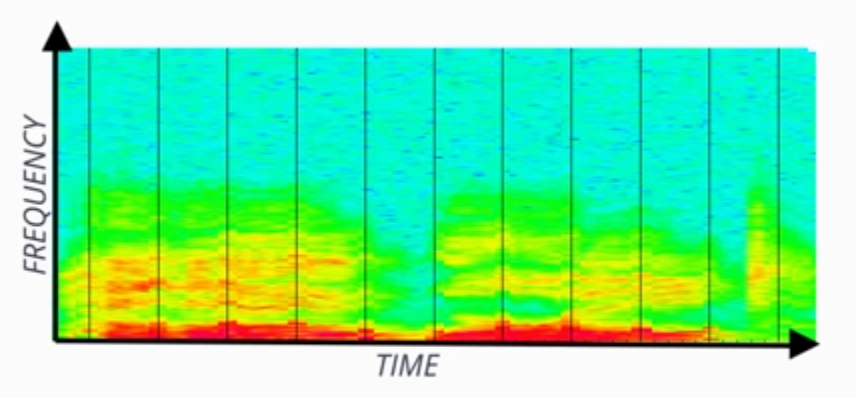04. References: Signal Analysis
References: Signal Analysis
Sound

Excellent explanations and definitions for vibration, frequency, sound waves, etc. can be found in Wikipedia.
Signal Analysis

Signal analysis in our context refers to the audio signal produced by speech. Sound vibrations cause pressure waves in the air that can be detected with a microphone and transduced into a signal. Detailed coverage of the topic as related to Speech Recognition can be found in the following:
Cassidy, Steve. "Speech recognition." Sydney Australia (2002): Chapter 3.
Fourier Analysis

Fourier Analysis is the study decomposing mathematical functions into sums of simpler trigonometric functions. Since sound is comprised of oscillating vibrations, we can use Fourier analysis, and Fourier transforms to decompose an audio signal into component sinusoidal functions at varying frequencies. The following website explains the process:
Spectrograms

A spectrogram is the frequency domain representation of the audio signal through time. It's created by splitting the audio signal into component frequencies and plotting them with respect to time. The intensity of color in the spectrogram at any given point indicates the amplitude of the signal. The following reference includes interesting slides showing how sounds in spectrograms can be "read" by experts.
Marcus, Mitch. "CIS 391 Artificial Intelligence." Philadelphia (2015). Seas.upenn.edu.